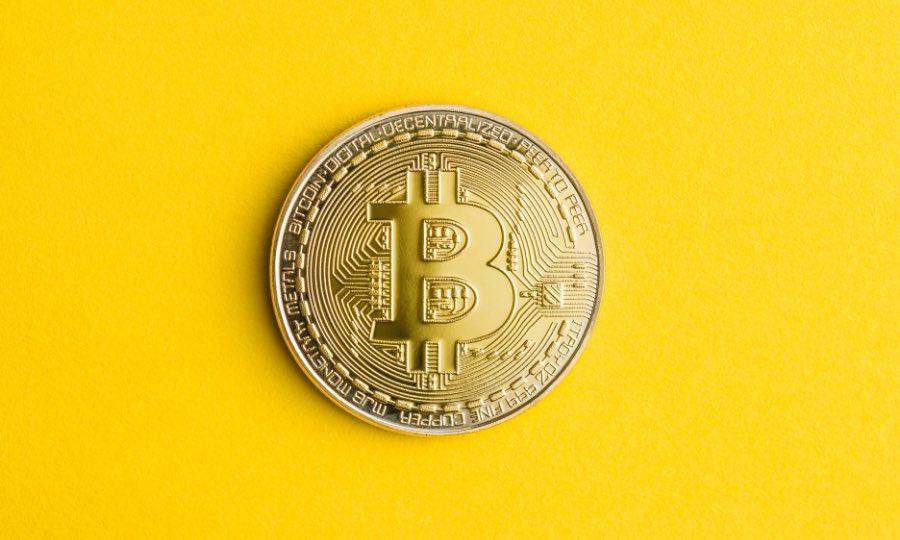How Decentralized Bitcoins Are: Closed Clubs and Oligarchy
Speaking of bitcoin, decentralization means that one person or association does not control the issue and circulation of money and that the state is deprived of the privilege to regulate payments. The process was presented by the creators as a positive phenomenon – thanks to it; they were able to attract most of the investors. Let’s discuss the ability of bitcoin to depend on external control and how the dynamics of its rate will develop.
By the way, if you’re thinking about becoming a crypto trader yourself – or changing your broker and the way you do things – congratulations, you’re in the right place at the right time. We recommend you the best way to sell bitcoin – thejingstock.com. Apart from being safe, it is also fast, user-friendly, and has the lowest commissions for a high-quality service.
Table of Contents
Bitcoin decentralization concept
Decentralization means a division of power: leadership ceases to be concentrated on one person (or even a specific group of people). This concept did not have much to do with the finances because the parties demanded protection of interests. Actions related to the issue and circulation of money were controlled by the state. Only a group of authorized persons:
• has a monopoly on the issue of banknotes and coins;
• controls the sphere of finance;
• develops transaction rules;
• organizes the redistribution of resources using taxes and social policy;
• has the privilege of confiscating currency, guided by a court decision;
• ensures the stability of value using the methods of monetary policy.
The formal finance industry conducts payments using intermediaries. Transactions are hidden from the rest of the money circulation. Banks provide interaction by performing the following functions:
• control the legality of transactions;
• confirm their implementation;
• have access to the personal information of the payer and recipient;
• ensure the safety of funds.
Bitcoin was originally declared a decentralized currency, which is indicated in the whitepaper:
• although the creators have developed the rules for the functioning of BTC, anyone who wishes is allowed to mine;
• transactions are displayed openly; any party can examine the transactions, excluding the names of the owners;
• the turnover of money is controlled not by the developers of the cryptocurrency but by the interested parties;
• the information is owned by any member of the system; it cannot be faked or deleted;
• several independent nodes confirm transactions;
• there is nobody obliged to monitor the stability of the cryptocurrency; the cost is determined solely by the ratio of supply and demand, that is, by a non-verbal agreement between those wishing to buy and sell;
• the state is incapable of confiscating technology, only equipment, the system will then be restored, confiscation of capital is possible if a special access key is obtained.
Creating a cryptocurrency, Satoshi Nakamoto wanted to make payments directly, make fraud economically unprofitable, assign cryptography and a peer-to-peer network as control tools.
Influence of large market participants
Those who have studied the basics of the game in the market know about the large participants who own the largest number of assets. They are called “whales”. They are able to manipulate the market, place a buy or sell order, indicating a significant amount of bitcoins.
Over 61% of bitcoins are possessed by 0.05% of the total number of addresses, 85% of coins are used by 0.5% of owners. At any time, the specified whale can apply and sell a large amount of cryptocurrency, dropping the price below the market price. The situation will cause a strong collapse of the exchange rate. He or she can make this decision for various reasons, for example, if he or she wants to replenish his or her own supply of coins at a reduced price. Having achieved the goal, the application to sell the cryptocurrency is canceled.
Another way to control the price is to submit an application indicating the desire to buy a large amount of cryptocurrency at an inflated price. This will cause a jump in the rate up; the result will be an increase in the income of the whale from the exchange rate difference. There is a well-known collapse of the bitcoin rate (2014), caused by one of the whales who decided to sell 30 thousand coins for $ 300. He himself later said that he wanted to get rid of BTC without the goal of collapsing the market. This gives grounds to conclude that it is possible to control the price of a cryptocurrency by the described group of people, i.e., the system is subject to oligarchs.
Closed clubs
Over the course of history, there have been many attempts to create a state, which all citizens can govern equally. However, each time there was a sufficient number of persons capable of deciding the fate of the country more than others.
The same fate befell the BTC, which actually came under the influence of several associations of the organization’s participants.
That is, a number of influential groups (creators, miners, large capital owners) operate within the structure, each of which is a closed bitcoin club that defends its own interests.
To sum up
Even though Bitcoin was created to make all owners equal, some of them are more “equal” than the others. However, that does not negate the fact that Bitcoin is a game-changer in terms of decentralization. It probably is as decentralized as anything can be.


